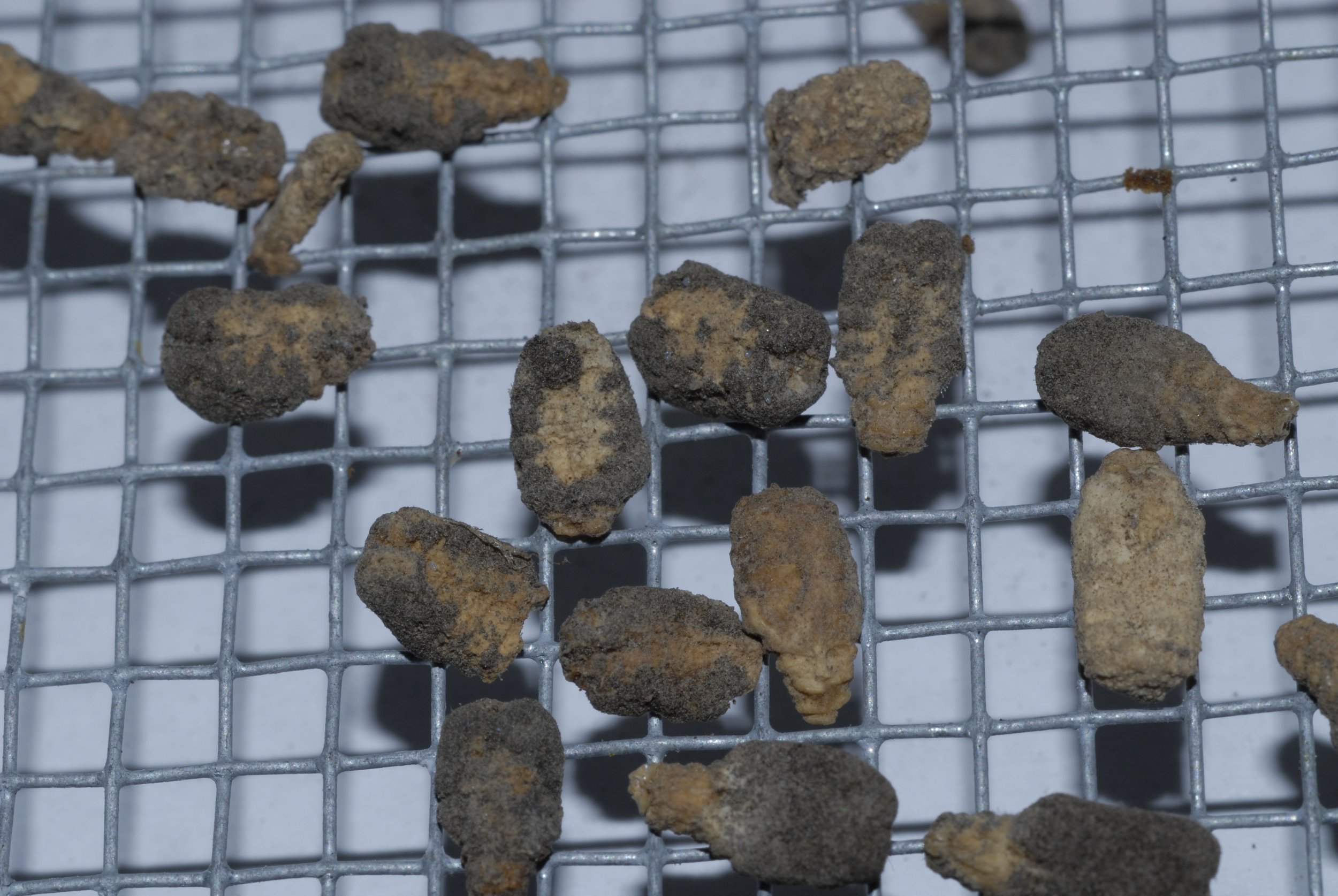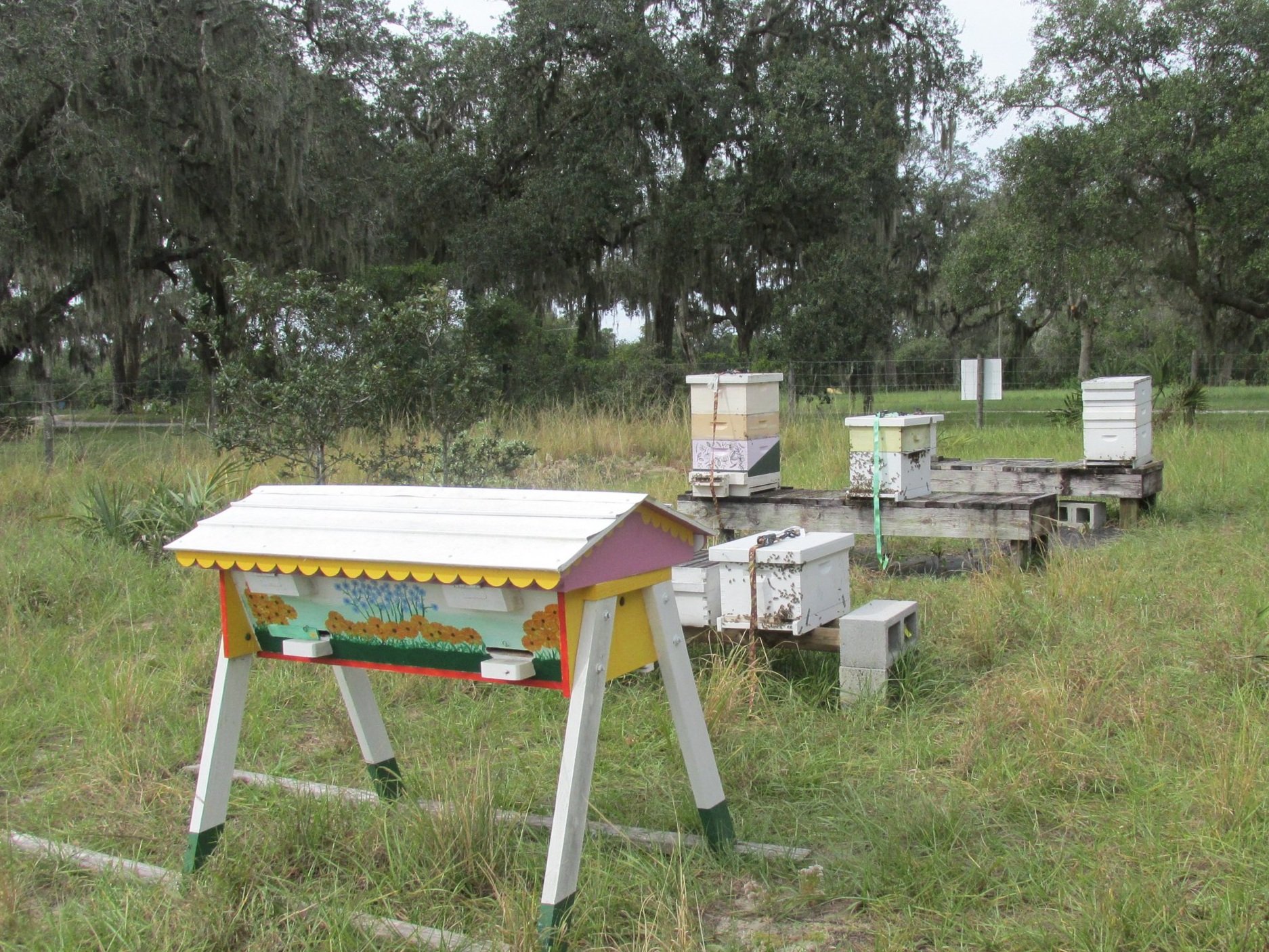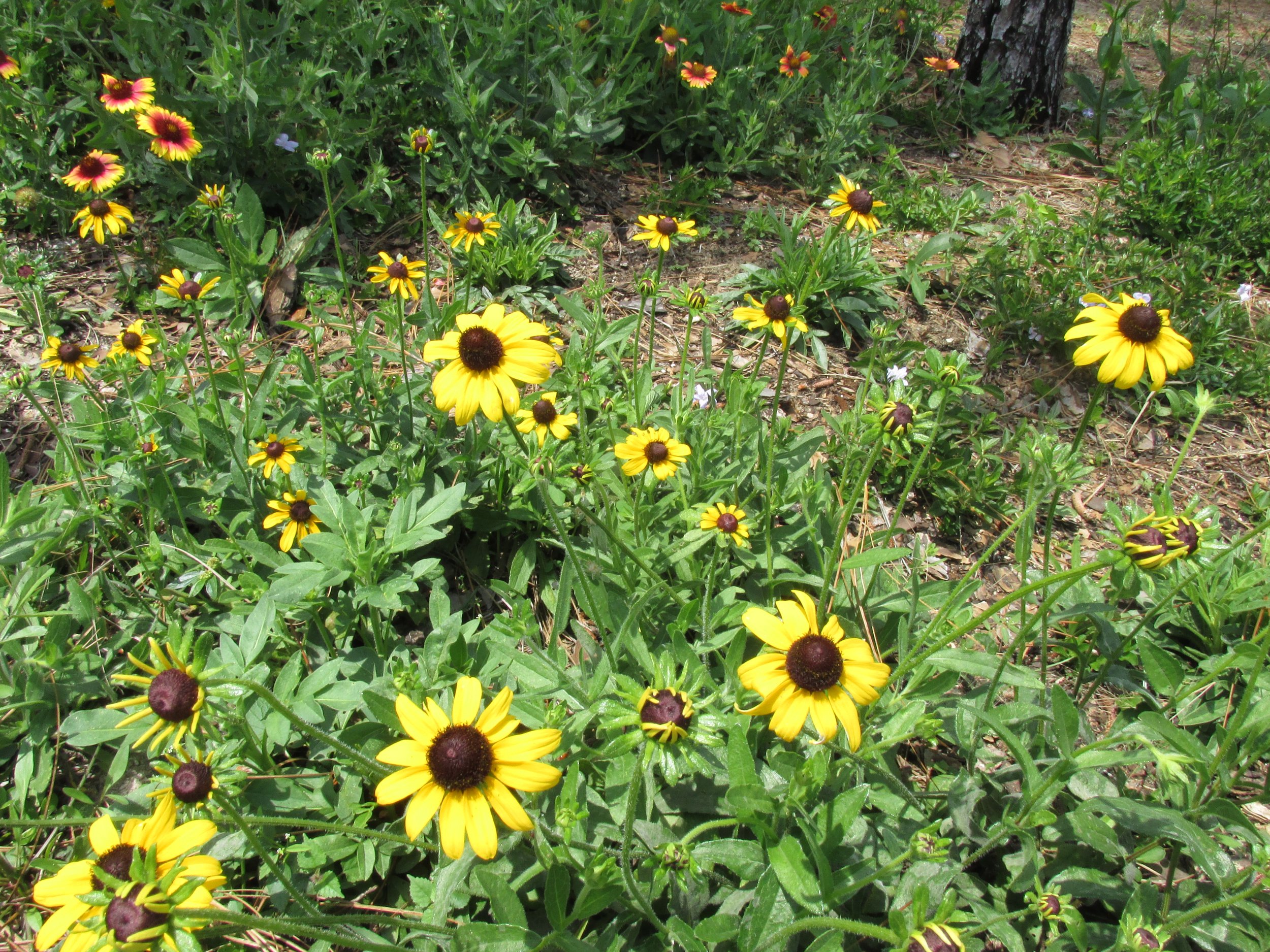Fungal Pathogens in Honey Bee Colonies

Nosema is the most widespread of all bee diseases.
N. ceranae and N. apis cause nosema disease in honey bees by parasitizing their midgut and hindering the digestion process. Honey bees contract the disease by ingesting Nosema spores through food sharing, or by tending to an infected nest mate.
Once ingested, the Nosema replicates inside of the stomach and hijacks nutrition from the bee. Eventually the Nosema spores rupture the midgut cell membrane. This releases more spores and increases the likelihood that the disease will be transmitted to other bees.
Most of what is known about the epidemiology of nosema disease has been derived from studies with N. apis, and it is assumed that it must be similar for N. ceranae infections. N. ceranae is distributed worldwide and is the microsporidian that is most frequently found in honey bee colonies. However, information about its impact on colony conditions and bee survivorship is particularly scarce—especially for North America.
Nosema is a pathogen of concern for beekeepers because it has been shown to adversely affect honey bee health.
Infected honey bees have shortened lifespans, slower gland development, and demonstrate pronounced hunger. The risk of Nosema infection can be particularly unsettling to beekeepers because colonies often do not show outward manifestations of infection until the colony is severely diminished.
Symptoms include crawling, disoriented bees, defensive bees, bees abandoning brood to cluster elsewhere, and dwindling bee populations. Colonies with nosemosis rear less brood and store less honey.

Chalkbrood causes larvae to die of starvation.
Chalkbrood disease is caused by the fungus Ascosphaera apis. The fungus rarely kills infected colonies, but can weaken it and lead to reduced honey yields and susceptibility to other bee pests and diseases.
Infection occurs when the larvae ingest the fungal spores with their food. Once ingested, the spores penetrate the larva’s gut wall and steal nutrients from larvae. The fungus will outcompete larvae for food and eventually turn the larvae into “chalk-like” mummies. Infected larvae do not usually show signs of disease but will die upon being sealed in their cells. Worker bees will uncap and clean the cells of dead larvae, making mummies clearly visible.
The color of chalkbrood ranges from white to grey then starts to turn black—this is when the fungus is producing fruiting bodies. The dark mummies are the most infectious, and are often seen outside on the entrance board or in front of the hive. At this point these mummies can spread spores to other colonies in the area.
Infected hives show a scattered brood pattern. The cell caps of dead larvae may contain small holes, appear slightly flattened or have been chewed away by the honey bees. In heavily infected colonies, worker bees will not be able to uncap all of the affected cells. Mummies may fall from the comb when it is inspected. When a comb is shaken gently the mummies may be heard rattling in capped cells.

Stonebrood also results in mummification of infected larvae.
Stonebrood is rare. The fungus responsible for stonebrood naturally produces the myotoxin fumagillin, which is used to treat Nosema.

A beekeeper’s best defense is maintaining strong colonies.
The growth of fungal pathogens in the honey bee nest appears to be enhanced by a number of factors, including high moisture (colonies not well ventilated in high humidity situations), variable temperatures, and colony stress.
Hives should be placed in a well-ventilated, dry area where the sun is facing the entrance of the hive to reduce conditions that favor fungal diseases (cold, damp and poorly ventilated environments).
The main way that pests and diseases are spread between hives and apiaries is through the transfer of infected materials and disease contaminated equipment. It is better to be cautious to prevent spreading the pest or disease from infected to healthy colonies.
One way to reduce any possible transfer is to use a barrier management system.
The barrier management system is used to separate hives or apiaries into different units. This prevents the interchange of honey bees, combs, honey and hive components from one unit (hive, loads of hives or apiary) to another. The adoption of this system can also enhance traceability, biosecurity and quality assurance aspects of the beekeeping enterprise, as well as building on best practice principles.

Treatment
Beekeepers should replace diseased comb with new combs (with new foundation) because the diseased comb can act as a reservoir for fungal disease spores.
It is also necessary to clean away diseased larvae from the bottom boards and around the entrance of the hive. These activities will remove the main source of infection within a hive, and prevent the spread of the disease amongst other hives.
The maintenance of the health of the hive may also require supplementing the bee’s diet with sugar syrup and fresh, uncontaminated pollen when nutrition is poor.
Replacing the colony's queen with a queen bred from a hygienic bee stock is a common and effective practice to deal with fungal diseases.
There is no recommended chemical treatment for chalkbrood; often symptoms seem to clear up by themselves.
Nosema may be treated by supplemental sugar water feed with Fumagillin.
